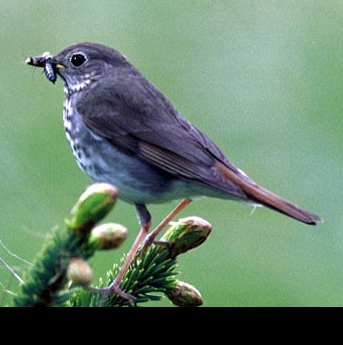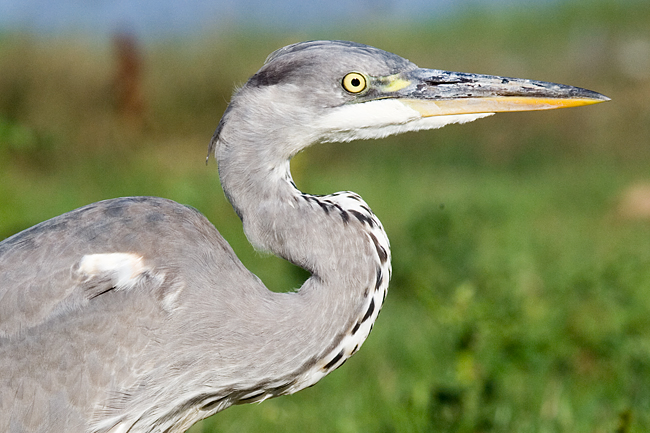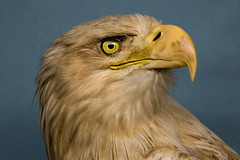 Image by Sebastian Niedlich (Grabthar) via Flickr
Image by Sebastian Niedlich (Grabthar) via Flickr
I bade a sad goodbye to Grantown and made the slower than expected drive over to Oban, where I was to spend the night in the rather less than glamorous (but perfectly adequate) Oban Backpackers. The next day I took the ferry journey over to Mull for a day of birdwatching with Island Encounter. I had been on a similar trip two years ago with a rival firm and Yorkshireman David, who was brilliant, but I wanted to try the opposition. I wasn't disappointed. Richard was, I was pleased to discover, another Yorkshireman (why are there so many on Mull?! they weren't the only Yorkshire accents I picked up that day) but with a slightly less gruff manner than David and just as much knowledge injected with a good bit if humour.
We started off looking for white-tailed sea eagles, without any joy, though I was delighted to see a male marsh harrier, which I've never seen before as well as some little meadow pipits darting in and out of the hedges.
We moved onto the shore and were rewarded with cormorants, curlews, eiders, gannets, canada and greylag geese, an abundance of grey herons (spotted constantly throughout the day), blackheaded, common and herring gulls, kittiwakes, oystercatches, ringed plovers and shags.
We stopped to watch some seals playing just a little way from the shore.
Driving a little further on Richard stopped the car suddenly and we were rewarded with my only ever sighting of a couple of red deer. A fawn staring staring straight at us and his/her mother, rump towards us but neck arched all the way round so as to keep us in her sights.
We did manage to spot what I had come to see - but only right on the horizon. A pair of golden eagles soaring gracefully above the mountains disappearing in and out of the drizzly fog.
The highlights of the day came in the afternoon. We stopped the car to look for otters and it wasn't long before we were rewarded. A single otter, just metres away from the shore and the sun glistening on his wet fur, dived and dipped in and out of the water and emerged with a fish. He was so close I could hear him eating in the surrounding silence.
We watched him for a bit before heading on to another good place for sighting sea eagles. It was raining and Richard started scanning the trees where they often sit. And sure enough, there they were, a male and a female sitting a few trees apart, looking composed and haughty as the drizzle streamed off their feathers. The day was ended on a high after I spotted another of the eagles (or possibly one of the pair) flying quite close overhead with some sort of animal in its talons.
Funnily enough it was back on the mainland in beautiful Plockton two days later where I got to see a golden eagle up close. I went out on a seal trip with the jovial Calum and got a great view of the colonies we had come to see. But then, just as we looked to the horizon...was that a gull...a big gull? No, as it flew overhead we got to see the golden eagle in all its glory.
What a trip...and coming up shortly: South Africa!
![Reblog this post [with Zemanta]](http://img.zemanta.com/reblog_e.png?x-id=9892545e-45df-44a5-ad30-584dfbdb50a1)

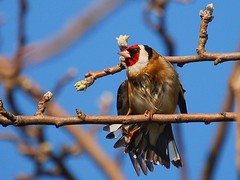
![Reblog this post [with Zemanta]](http://img.zemanta.com/reblog_e.png?x-id=cddf3de5-2ccb-4431-b359-e6b04c70ee9f)

![Reblog this post [with Zemanta]](http://img.zemanta.com/reblog_e.png?x-id=69551216-ebdb-422a-a4dc-63fc53b8c7ab)

![Reblog this post [with Zemanta]](http://img.zemanta.com/reblog_e.png?x-id=2202e8f5-3d93-48cf-9d53-f04dc1220935)


![Reblog this post [with Zemanta]](http://img.zemanta.com/reblog_e.png?x-id=2c344cdf-bd3a-475d-91a3-56bf12a68ef0)
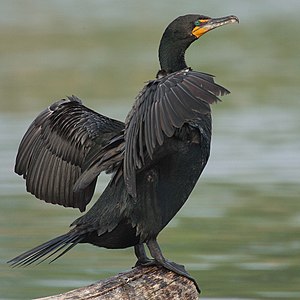
![Reblog this post [with Zemanta]](http://img.zemanta.com/reblog_e.png?x-id=9c555158-351c-4969-8c69-e4ec46ecb93e)
